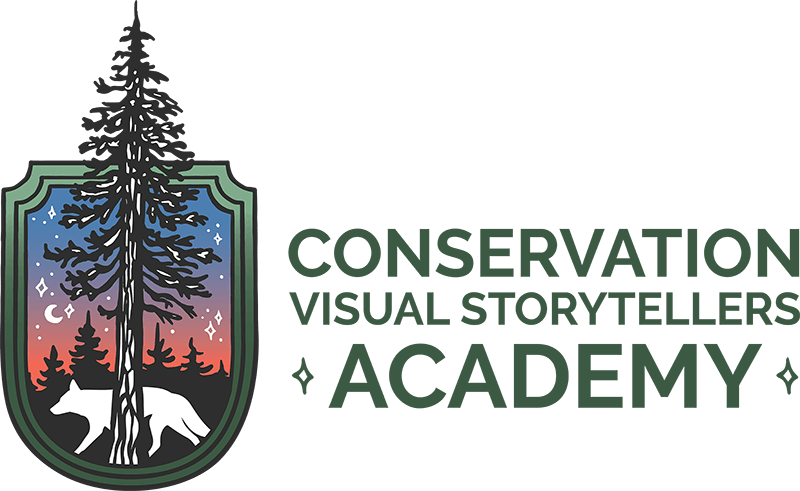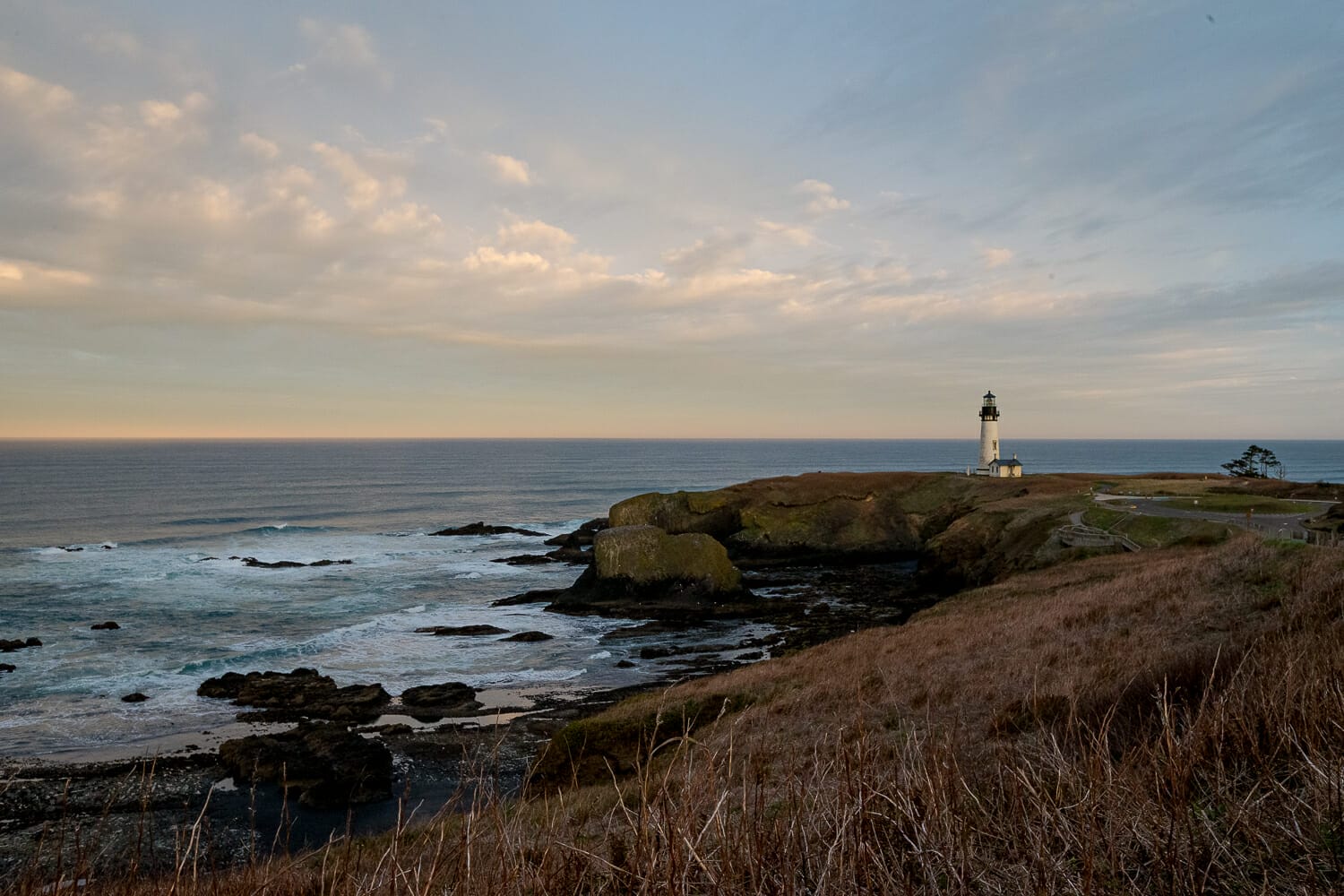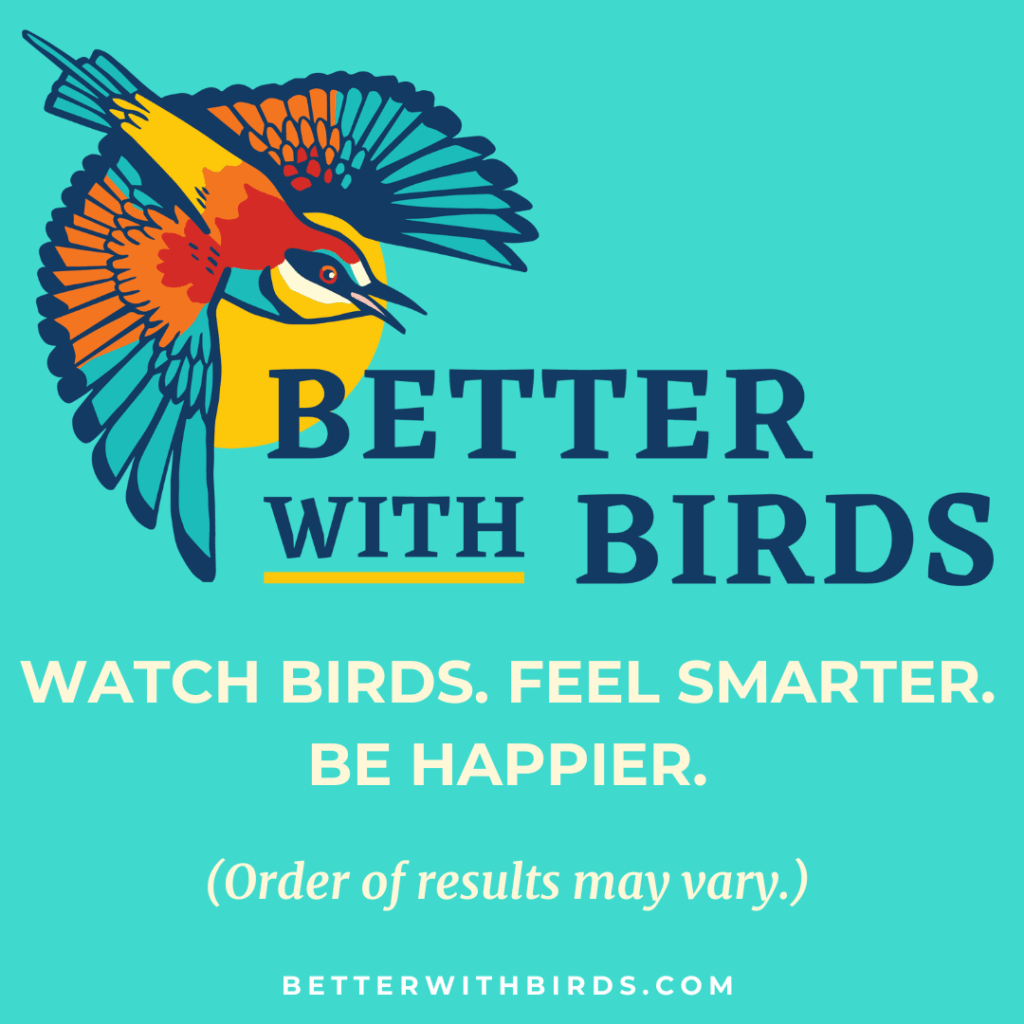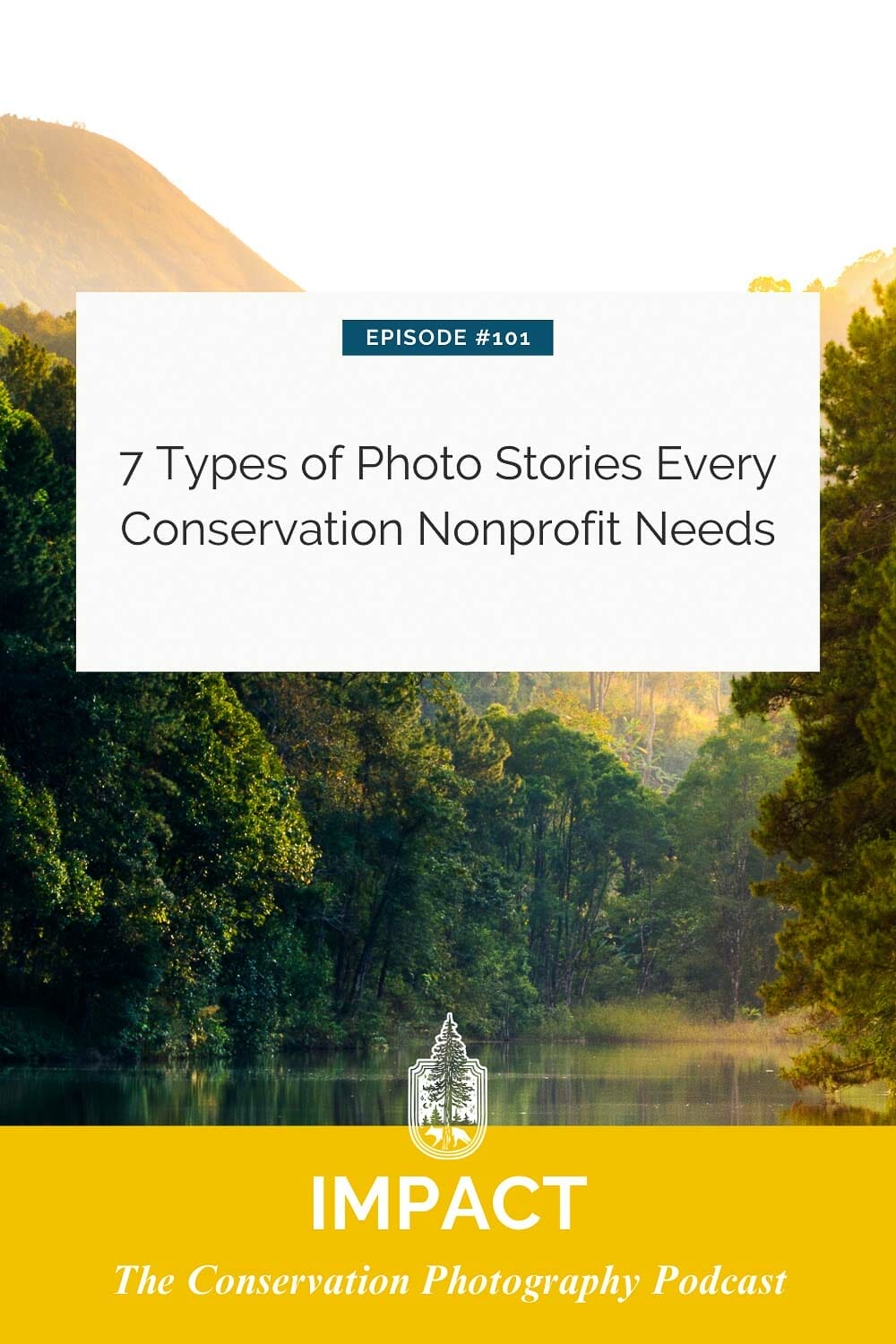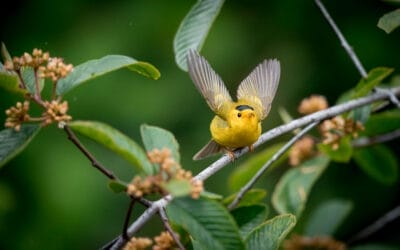Conservation nonprofits who aren’t investing in photographers and filmmakers to tell their stories are missing out BIG TIME. Here’s 7 kinds of stories you can make for nonprofits that’ll help build trust, stoke community spirit, and ramp up fundraising.
Use the power of storytelling to work with nonprofit conservation organizations
It’s a sad reality, but many conservation nonprofits – especially smaller organizations – don’t truly value photography.
Or rather, they appreciate the need for photographs, but too many ignore the real necessity of visual storytelling.
Working alongside a photographer to craft visual stories is seen as a luxury, or something they don’t need or want to budget for because they’ll use snapshots from volunteers (or worse, submissions from rights-grabby photo contests) to decorate their website.
But the truth is, visual storytelling is an investment with an undeniable R.O.I. for conservation nonprofits.
Storytelling connects audiences to the mission, values and work of the organization.
Beautifully, skillfully made visual stories build trust, which leads to a bigger member base, which leads to more donations and volunteers.
They also lead to a more attractive application for grants, and impresses potential funders.
And, they also provide content a nonprofit can use again, and again, and again to share its mission, goals and on-the-ground work with audiences.
Even though the value is undeniable, often it’s tough to convince a nonprofit to invest in bringing aboard a photographer or filmmaker with storytelling chops. (No, not a photographer who creates a pile of stand-alone images… a storyteller.)
Tough, but very possible. And most of the time, worth the effort.
One place to start is by figuring out what type of stories a nonprofit could really use, and outlining what you’ll make for them, plus all the ways they could use that story to connect with audiences.
If you want to collaborate with a nonprofit but aren’t sure what to make – or how to show how valuable your visual stories are to their mission and fundraising – this article will pave the way for you.
Recently, I received an email from a nonprofit whose
While photo contests can be great, they often come with terms that aren’t ideal for photographers—granting the nonprofit perpetual rights to use submitted images for free. This practice can feel like an image rights grab and doesn’t necessarily benefit the photographers or the nonprofits in the long run. Instead, investing in professional visual storytelling can create lasting, impactful content that builds trust and engagement.
The Power of Visual Storytelling
Storytelling through photos connects visitors to the mission, values, and work of a nonprofit. It helps build trust and engages audiences on a deeper level. Websites filled with rich visual stories are far more compelling than those with just a few decorative images. This professional appearance through cohesive storytelling can lead to more donations, better grant opportunities, and a stronger community.
So, how can you, as a conservation photographer, create these impactful stories? Let’s dive into the seven types of photo stories every conservation nonprofit needs.
1. The Story of the Nonprofit
This might sound obvious, but many nonprofits don’t take the time to visually tell their own story. A simple mission statement on an “About” page isn’t enough to connect with an audience. Instead, create a visual narrative that shows the nonprofit’s founding, its mission in action, and its impact.
Take the Siuslaw Watershed Council, for example. They created a “Why We Restore” page filled with immersive visual stories, short films, and a story map. This approach makes visitors spend more time on their site, deeply understanding and connecting with their mission.
2. Profiles of Staff and Volunteers
Highlighting the people behind the nonprofit is a powerful way to build connection and trust. Create in-depth profiles that show staff and volunteers in action, sharing their stories, motivations, and daily lives. This personal touch helps audiences relate to the nonprofit on a human level.
For example, document a volunteer’s day as they work on habitat restoration, or profile a staff member explaining their role and passion for the cause. These stories celebrate the people making a difference and inspire others to join the effort.
3. Donor Stories
Tell the stories of donors and why they support the nonprofit. Highlight their backgrounds, interests, and what drives them to contribute. This not only honors the donors but also encourages others to consider donating.
The Wild Salmon Center created a short film called “One Part Magic,” profiling an artist who donates to their cause. By sharing her story and connection to the nonprofit, they inspire others to learn more and support their mission.
4. The Conservation Issue
Dive into the specific conservation issues the nonprofit is addressing. Tell these stories through various perspectives—scientists, community members, or even local businesses. This approach helps audiences understand the broader context and importance of the work.
For example, Impact Media Lab’s short film “In Search of Honey Bloom” follows a scientist’s 20-year restoration experiment in California’s vernal pools, connecting viewers to the broader issue of climate change.
5. Visual Biographies
Create a detailed visual biography using tools like Esri’s story maps. These immersive, interactive experiences can cover the history of a habitat, species, or community, explaining the nonprofit’s work and its importance in depth.
The Siuslaw Watershed Council’s story map beautifully illustrates the history, species, and conservation efforts in their watershed, engaging visitors in a rich visual journey.
6. Species or Habitat Stories
Focus on a specific species, habitat, or location that the nonprofit works to protect. Dive into its natural history, the challenges it faces, and the conservation efforts in place. This zoomed-in approach can highlight the importance of the nonprofit’s work in a tangible way.
The Nature Conservancy’s interactive story map about pronghorn migration is a fantastic example. It takes viewers through the seasons, explaining the challenges pronghorn face and the importance of wildlife-friendly fencing.
7. On-the-Ground Work
Document the actual projects, events, and initiatives the nonprofit undertakes. Create photo stories that go beyond mere documentation to tell the deeper story of these efforts and their impact on the community and environment.
For example, spend time with volunteers during a habitat restoration project, capturing the before-and-after transformation, the community involvement, and the broader significance of the work.
Putting It All Together
These seven types of photo stories provide a comprehensive approach to visual storytelling for conservation nonprofits. By creating rich, engaging narratives, you help nonprofits connect with their audiences, build trust, and inspire action.
Visual stories aren’t just one-and-done assets; they have long-term value. Nonprofits can use these stories in newsletters, email broadcasts, webinars, grant applications, partner websites, and social media. They can break the stories into smaller pieces, reformat them for different platforms, and keep sharing them over time to continually engage their audience.
Final Thoughts
Investing in professional visual storytelling is essential for conservation nonprofits. It helps them communicate their mission effectively, build a strong community, and secure funding. As a conservation photographer, you have the skills to create these impactful stories and help nonprofits achieve their goals.
So, get out there, connect with nonprofits, and start creating the visual stories that will make a difference.
Resources Mentioned
- Siuslaw Watershed Council:
- Why We Restore (several different story types)
- Storymap – Restoring the Siuslaw (the visual biography)
- Wild Salmon Center
- Impact Media Lab
- Nature Conservancy – On the Move: Interactive StoryMap on Imperiled Pronghorn Journey (the story of specific species, habitats or locations)
